Computers have been doing everything these days, from performing basic calculations to launching satellites and space missions. With the current evolution of technology, computers have become a part of our daily lives. We perform various tasks on the computer but have you ever wondered about the working of the computer? Have you ever wondered how it works and processes our tasks? Similar to any other machine, computers possess a distinct architecture consisting of multiple elements that handle input processing and deliver the desired output.
Here in this article, we have discussed the basic block diagram of a computer. Scroll through this page to understand the working and contribution of each part of a computer system.
What is Block Diagram of a Computer?
The block diagram represents how data and instructions flow between the CPU, memory, and I/O devices, managed by the Control Unit. In simple terms, a Block Diagram of a Computer helps us understand how a computer works, from collecting input data, processing & formatting the data, and generating the output results in the way user commands. The computer system consists of three main parts: Input Units, CPU, and Output Units.
Data → Input Units (Keyboard/Mouse etc.) → Central Processing Unit (CPU) → Output Unit (Monitor, Speaker, Printer)
Explanation for Block Diagram of Computer
Every student while learning the Block Diagram of a Computer must be aware of how the data flows inside the computer. Below we have discussed step-by-step working of how data is received and displayed on the computer.
Step 1: Input devices allow the users to provide data and commands to the computer. The data inserted manually is collected by input devices like keyboard, mouse, scanners, and others. These devices generate electrical signals or data packets representing the input.
Step 2: The data generated by input devices is sent to the computer’s input interface/Memory Unit which processes and formats the data for further use by the computer.
Step 3: The processed input data is then sent to the computer’s Central Processing Unit (CPU) which temporarily stores this data in memory (RAM) for immediate processing. The CPU executes instructions related to the input data.
For example, if you’re typing a document, the Central Processing Unit (CPU) processes the keystrokes and stores them in memory. The control unit schedules all the activities for the smooth working of the computer.
Step 4: After processing, the CPU sends the results or instructions to the computer’s output interface where the data is formatted for transmission to the output devices.
Step 5: Then the output unit receives the final processed output. Output devices such as monitors, printers, speakers, and others receive the formatted data. Monitors display visual information, printers produce hard copies, and speakers play audio, based on the data they receive.
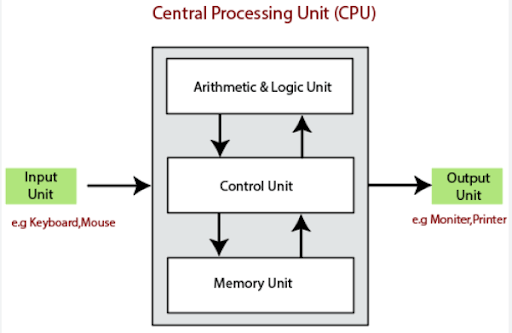
The components included in the Block Diagram of a Computer have been discussed in detail below.
1. Input Unit
The input unit is responsible for taking in all the data that is sent to the computer. It includes devices like the mouse, keyboard, and scanner. These devices help users interact with the computer by sending it information. The input unit collects the raw data that needs to be processed. The computer receives this data in binary form (numbers made of 0s and 1s). After the data is received, the computer processes it to produce the needed result or output. The input unit plays an important role in making sure the computer gets the information to work with.
The major functions of the Input Unit are-
- The Input Unit takes the data to be processed by the user.
- The data is then converted into machine-readable form.
- The Input Unit then transmits the converted data into the main memory of the computer.
- The main purpose of this process is to connect the user and the computer by creating an easy connection between them.
2. Central Processing Unit (CPU)
The Central Processing Unit or CPU is known as the brain of the computer. Just like the human brain controls all human activities, the CPU also takes care of all the tasks. The CPU is responsible for performing all the arithmetic and logical operations within the computer. All the major calculations, operations, and comparisons are performed inside the CPU.
Some of the main functions of a CPU are-
- All the components of a computer system, software, and data processing are controlled by the CPU.
- The Input devices provide data to the CPU which is then executed and then the CPU sends the output to the Output devices.
- All the operations including the arithmetical and logical are processed by the CPU.
The CPU comprises two parts- ALU (Arithmetic Logic Unit) and CU (Control Unit). These units work in sync to help the CPU process the whole data. Let us know about these components-
Arithmetic Logic Unit (ALU)
The Arithmetic Logic Unit is comprised of two terms- arithmetic and logic. The two primary functions that the ALU performs are-
- Data is entered into the primary memory via the input unit. Then, the ALU carries out essential arithmetic operations on this data, including addition, subtraction, multiplication, and division. After performing all sorts of calculations required on the data, it sends back data to the storage.
- The ALU also performs logical operations such as AND, OR, Equal to, Less than, etc. In addition, it also handles tasks like merging, sorting, and selecting the given data.
Control Unit (CU)
As the name suggests, the Control Unit (CU) is the controller of all the activities, tasks, and operations. All these operations are performed inside the computer. The memory unit sends a set of instructions to the control unit which is then converted by the CU. These instructions are then converted to control signals. The purpose of these control signals is to help in prioritizing and scheduling activities. So, the control unit ensures that all tasks inside the computer work together smoothly, coordinating with the input and output units.
Some of the most important functions of Control Unit (CU) are:
- When a user inputs data using an input device, it is Control Unit’s command on where to keep the input data
- The control unit follows the commands from memory one by one and then executes to ALU during the program execution
- The control units manages the flow of data from output devices to ALU, ALU to memory and then the output devices
Memory Unit
The Memory Unit stores all the data that has to be processed or has been processed. The memory unit serves as a central hub for all the data. This data is then transmitted to the required part of the computer whenever necessary. This unit works in sync with the Central Processing Unit to help in faster accessing and processing of the data. This results in making the tasks easier and quicker.
Computer Memory is of two types-
- Primary memory: The primary memory cannot store a vast amount of data. Hence, it is only used to store recent data which is temporary. Once the power is switched off, the data stored can be erased. Hence it is also called temporary memory or main memory. An example of primary memory is Random Access Memory (RAM). This memory is directly accessible by the CPU and is used for reading and writing purposes. The data has to be first transferred to the RAM and then to the CPU for processing.
- Secondary memory: Since the primary memory stores temporary data it cannot be accessed in the future. So, for permanent storage purposes, secondary memory is used. It is also known as permanent memory or auxiliary memory. An example of secondary memory is the hard disk. The data does not get erased easily even in case of a power failure.
3. Output Unit
Once the information sent to the computer is processed, the user receives the results through the output unit. Examples of output units are devices such as printers, monitors, projectors, etc.
The output unit presents the data either as a soft copy (on the screen) or as a hard copy (on paper). The printer is for the hard copy. The monitor is for the display. The output unit receives data in binary form from the computer and converts it into a readable format for the user.
The Output Units perform these functions-
- The Output Unit accepts all the data and information from the main memory of a computer system in binary form.
- The Output Unit also converts the binary data into a human-readable form for a better understanding.

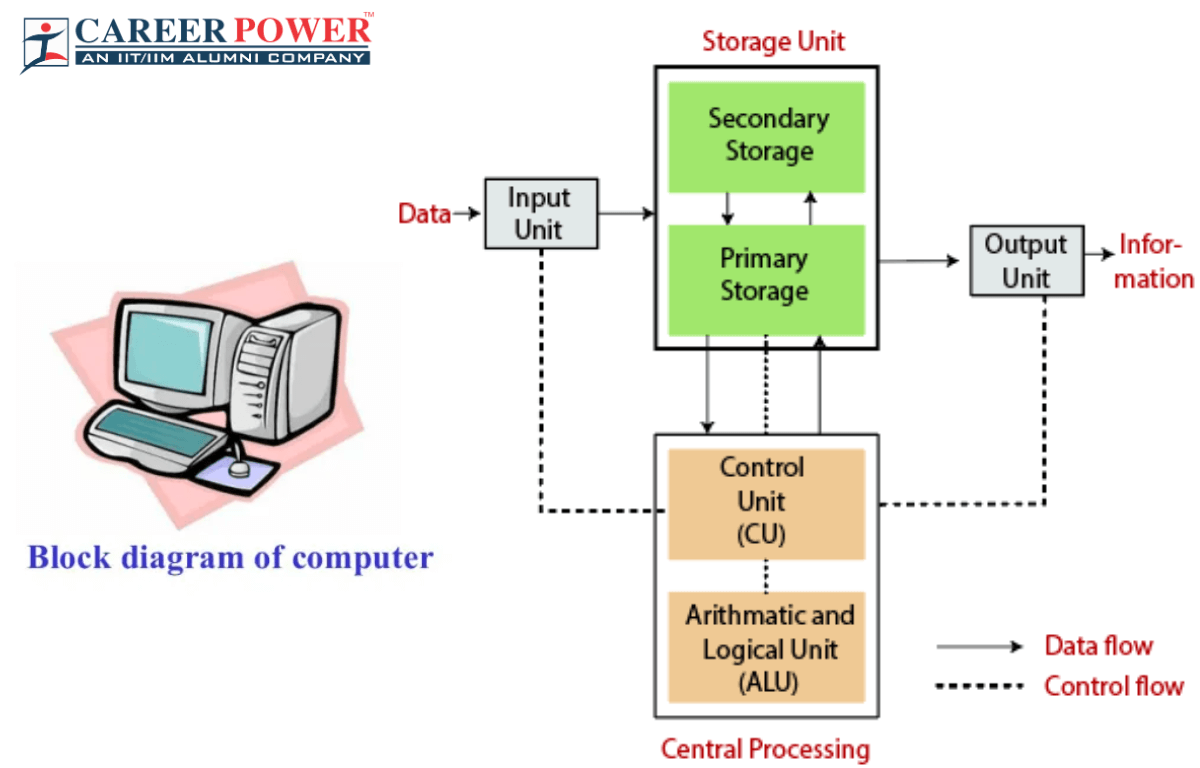


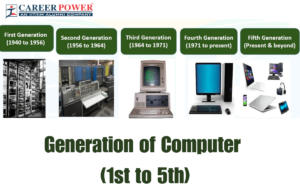 Generation of Computers 1st, 2nd, 3rd, 4...
Generation of Computers 1st, 2nd, 3rd, 4...
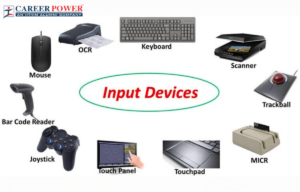 Input Devices of Computer: Definition, F...
Input Devices of Computer: Definition, F...
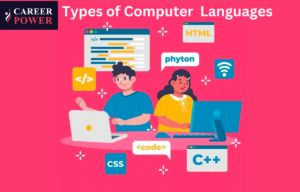 Computer Languages and it's Types
Computer Languages and it's Types













